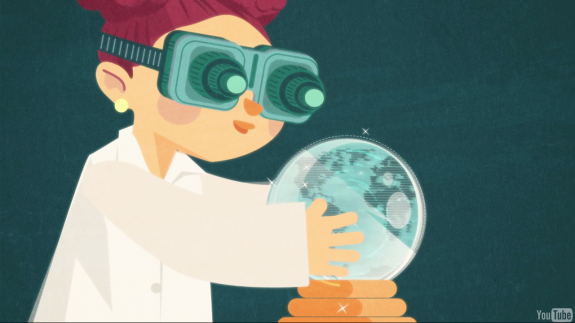3 brand new TED-Ed Lessons written by CERN scientists
By Emilie Soffe on October 14, 2014 in TED-Ed Lessons

TED-Ed loves working with CERN. Our video library includes more than ten lessons written by CERN scientists on topics ranging from dark matter to the Higgs boson. In 2013, we even collaborated with the organizers of TEDxCERN to premiere three brand new lessons at their first ever TEDx event. It went so well that we decided to do it again! Here are the three lessons we premiered at TEDxCERN this year.
1. Cloudy climate change: How clouds affect Earth’s temperature – Jasper Kirkby
As the Earth’s surface temperature gradually rises, it has become vital for us to predict the rate of this increase with as much precision as possible. In order to do that, scientists need to understand more about aerosols and clouds. Jasper Kirkby details an experiment at CERN that aims to do just that.
2. If matter falls down, does antimatter fall up? – Chloé Malbrunot
Like positive and negative, or debit and credit, matter and antimatter are equal and opposite. So if matter falls down, does antimatter fall up? Chloé Malbrunot investigates that question by placing two atoms — one made of matter, and the other antimatter — in the cockpit of a plane, ready to jump. What do you think will happen?
3. How cosmic rays help us understand the universe – Veronica Bindi
We only know 4% of what the universe is made up of. Can we also know what lies beyond our galaxy … and if there are undiscovered forms of matter? Luckily, we have space messengers — cosmic rays — that bring us physical data from parts of the cosmos beyond our reach. Veronica Bindi explains what cosmic rays are, and how they transmit information about our universe from the great beyond.
Tags:

